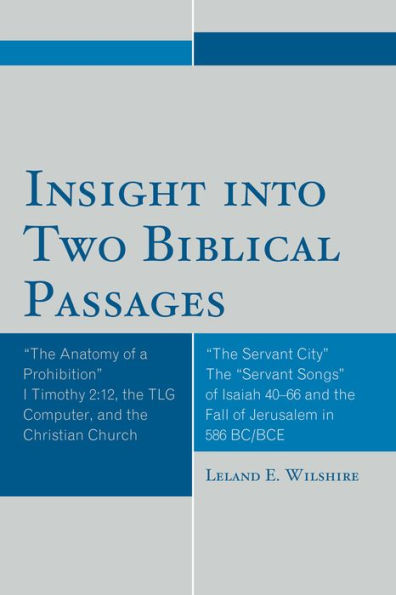5
1

Insight into Two Biblical Passages: Anatomy of a Prohibition I Timothy 2:12, the TLG Computer, and the Christian Church
154
Insight into Two Biblical Passages: Anatomy of a Prohibition I Timothy 2:12, the TLG Computer, and the Christian Church
154
44.99
In Stock

Product Details
| ISBN-13: | 9780761852070 |
|---|---|
| Publisher: | University Press of America |
| Publication date: | 06/10/2010 |
| Pages: | 154 |
| Product dimensions: | 5.90(w) x 7.90(h) x 0.50(d) |
About the Author
From the B&N Reads Blog
